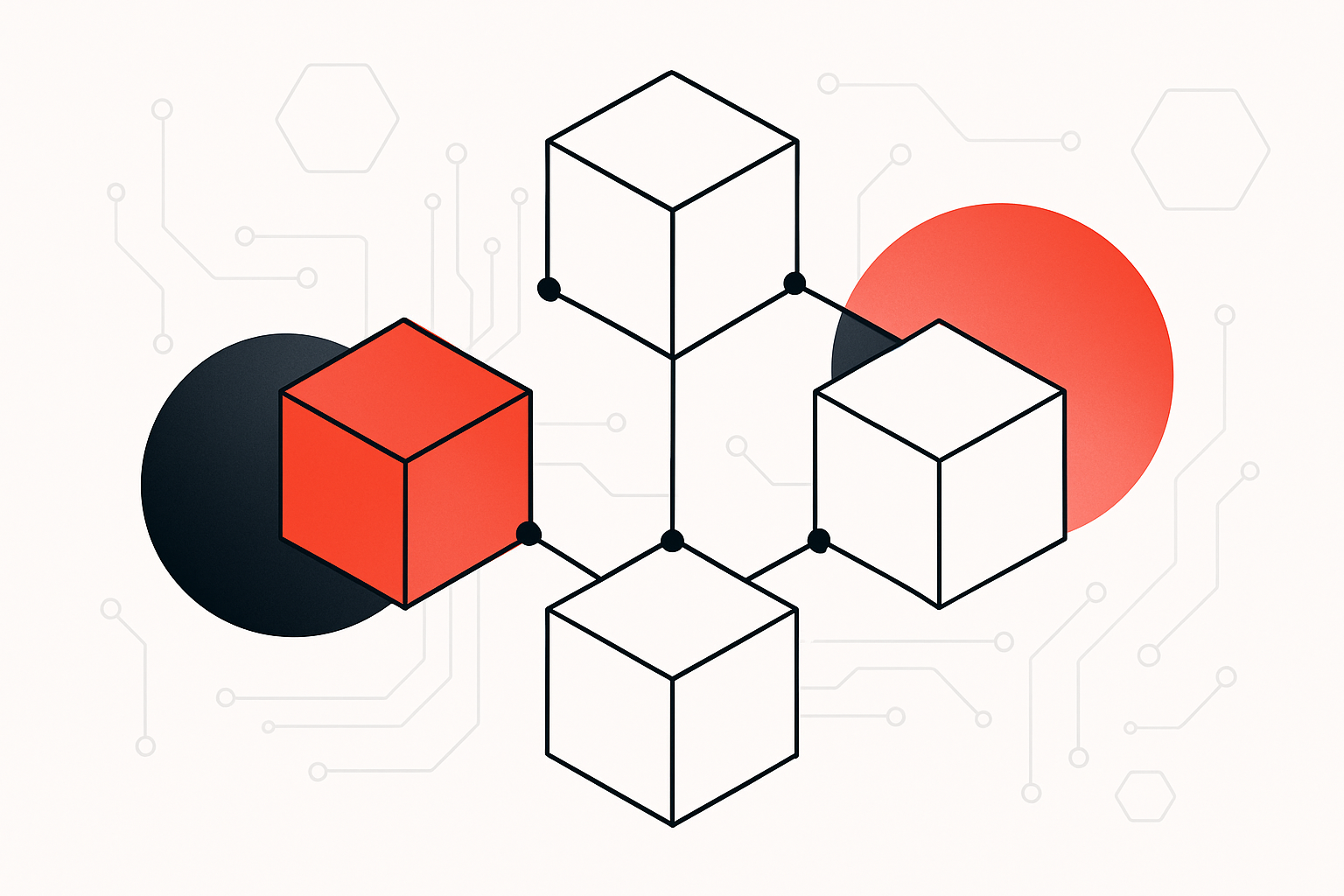
Cross-chain transactions have long been the Achilles’ heel of decentralized finance, often plagued by fragmented liquidity, complex bridging processes, and high user friction. In 2025, a paradigm shift is underway within the OP Superchain ecosystem thanks to the emergence of SuperBundler, a next-generation protocol that is redefining how assets move across chains. As of November 21,2025, with Optimism (OP) trading at $0.3085, SuperBundler’s innovations are driving a surge in both adoption and transaction efficiency across interconnected OP Stack chains.
SuperBundler: The Engine Powering Single-Signature Cross-Chain DeFi
The core innovation behind SuperBundler lies in its ability to craft sophisticated transaction bundles that span multiple chains but require only a single signature from the user. This single-signature model eliminates the cumbersome need for users to sign multiple transactions or interact with numerous bridges and interfaces. Instead, SuperBundler abstracts away these complexities, allowing users to initiate cross-chain swaps, deposits, and other DeFi actions seamlessly within one unified workflow.
This breakthrough is not just about convenience; it fundamentally changes the security and composability landscape for DeFi on the Superchain. By integrating directly with the SuperchainERC20 standard, SuperBundler enables true token teleportation: assets are burned on the source chain and minted natively on the destination chain. There’s no need for wrapped tokens or intermediary liquidity pools, reducing counterparty risk and slippage while preserving native token functionality wherever assets land.
The Impact on Liquidity and User Experience Across OP Stack Chains
The rapid adoption of SuperBundler has already begun transforming liquidity dynamics within the OP Superchain. Previously, users faced daunting choices about where to deploy capital due to fragmented liquidity pools and non-standardized bridging experiences between chains like Base, Zora, Mode, and others built on the OP Stack. Now, with over 11.5 million daily transactions processed across the Superchain and more than $4 billion in total value locked (TVL), capital can flow frictionlessly between chains without leaving users exposed to unnecessary risk or complexity.
SuperBundler’s integration with chain-agnostic balances means users can manage their holdings across all participating OP Chains from a single dashboard or wallet interface. This is not just a technical upgrade – it’s a leap forward in usability that positions OP Superchain as an attractive hub for both retail users and institutional capital seeking efficient cross-chain yield strategies.
Gas Abstraction and Interoperability: Beyond Just OP Chains
One of SuperBundler’s most compelling features is its approach to gas abstraction. Users no longer need to hold native gas tokens for each individual chain; instead, transaction fees can be paid in any supported asset or even bundled into a single payment at execution time. This removes yet another barrier to entry for new participants while making complex DeFi strategies accessible at scale.
The protocol’s compatibility with Chainlink’s Cross-Chain Interoperability Protocol (CCIP) further extends its reach beyond just EVM-based ecosystems. Recent deployments like ASTR on Soneium Mainnet illustrate how assets can now move securely between not only all OP Stack chains but also non-EVM networks such as Solana – all orchestrated through SuperBundler’s unified framework.
Optimism (OP) Price Prediction 2026-2031
Forecast based on SuperBundler’s impact, cross-chain adoption, and latest market data (as of Nov 2025: $0.3085)
| Year | Minimum Price | Average Price | Maximum Price | Yearly % Change (Avg) | Scenario Insights |
|---|---|---|---|---|---|
| 2026 | $0.25 | $0.42 | $0.70 | +36% | Volatility persists; SuperBundler adoption boosts optimism but macro uncertainty limits upside. |
| 2027 | $0.28 | $0.54 | $1.05 | +29% | Continued cross-chain expansion; regulatory clarity in major markets drives growth. |
| 2028 | $0.33 | $0.68 | $1.48 | +26% | Mainstream DeFi use cases emerge; competition from other L2s tempers gains. |
| 2029 | $0.38 | $0.87 | $2.10 | +28% | OP Superchain dominates L2 activity; new interoperability protocols increase demand. |
| 2030 | $0.44 | $1.09 | $2.85 | +25% | Widespread enterprise adoption; Ethereum upgrades benefit OP ecosystem. |
| 2031 | $0.51 | $1.36 | $3.80 | +25% | OP positions as a core cross-chain infrastructure; macro bull market fuels new highs. |
Price Prediction Summary
Optimism (OP) is forecasted to experience steady growth from 2026 to 2031, driven by technological advancements like SuperBundler, increased cross-chain adoption, and broader Layer 2 ecosystem expansion. While short-term volatility and competition remain, OP’s role in Ethereum scaling and interoperability supports a long-term bullish outlook. By 2031, the average price could reach $1.36, with potential highs near $3.80 in bullish scenarios.
Key Factors Affecting Optimism Price
- SuperBundler’s role in enabling seamless cross-chain transactions and reducing liquidity fragmentation.
- OP Superchain’s growing share of Ethereum Layer 2 activity and TVL.
- Integration with protocols like Chainlink CCIP, expanding OP’s interoperability to non-EVM chains.
- Ongoing regulatory developments in the US, EU, and Asia affecting Layer 2 adoption and innovation.
- Competitive pressures from other Layer 2 solutions and emerging blockchains.
- Potential Ethereum protocol upgrades and their impact on L2 scaling.
- Macro crypto market cycles and global risk sentiment.
Disclaimer: Cryptocurrency price predictions are speculative and based on current market analysis.
Actual prices may vary significantly due to market volatility, regulatory changes, and other factors.
Always do your own research before making investment decisions.
For developers and projects, this means composability is no longer limited by the boundaries of a single chain. Protocols can now orchestrate liquidity, governance, and even cross-chain programmatic logic with the same ease as within a single L2. This is a foundational shift: DeFi protocols can deploy omnichain vaults or lending markets that tap into liquidity wherever it resides on the Superchain, unlocking new yield opportunities for users and capital efficiency for protocols.

How SuperBundler Is Shaping the Future of Cross-Chain DeFi
The ripple effects of SuperBundler’s adoption are already visible in the metrics. As OP trades at $0.3085, daily transaction volumes have soared, and TVL continues to climb steadily. Analysts project that by year’s end, the OP Superchain will account for 80% of all Ethereum Layer 2 transactions, cementing its status as the backbone of scalable DeFi infrastructure.
But perhaps most importantly, SuperBundler is democratizing access to advanced DeFi tools. By abstracting away technical hurdles like gas management and multi-chain signatures, it empowers both seasoned traders and newcomers to participate in sophisticated cross-chain strategies without steep learning curves or security trade-offs.
What’s Next? Governance, Security, and Ecosystem Growth
The OP Foundation and ecosystem partners are now focused on refining governance frameworks to ensure that cross-chain operations remain secure and transparent as adoption accelerates. Ongoing grants and collaborative initiatives are driving innovation at every layer, from protocol upgrades to wallet integrations, while rigorous audits continue to harden security guarantees across interconnected OP Stack chains.
Looking ahead, expect continued momentum around universal token standards, further expansion into non-EVM networks via CCIP compatibility, and deeper integration with leading DEXs and wallets. The goal: a future where users move value between applications and chains as easily as sending an email, no bridges, no friction, just seamless interoperability powered by next-gen infrastructure like SuperBundler.
The transformation underway in 2025 signals more than just technical progress; it marks a cultural shift toward user-centric design in blockchain interoperability. As capital flows freely across chains and barriers dissolve, the OP Superchain ecosystem stands poised not only to capture market share but also to set new benchmarks for what’s possible in decentralized finance.




